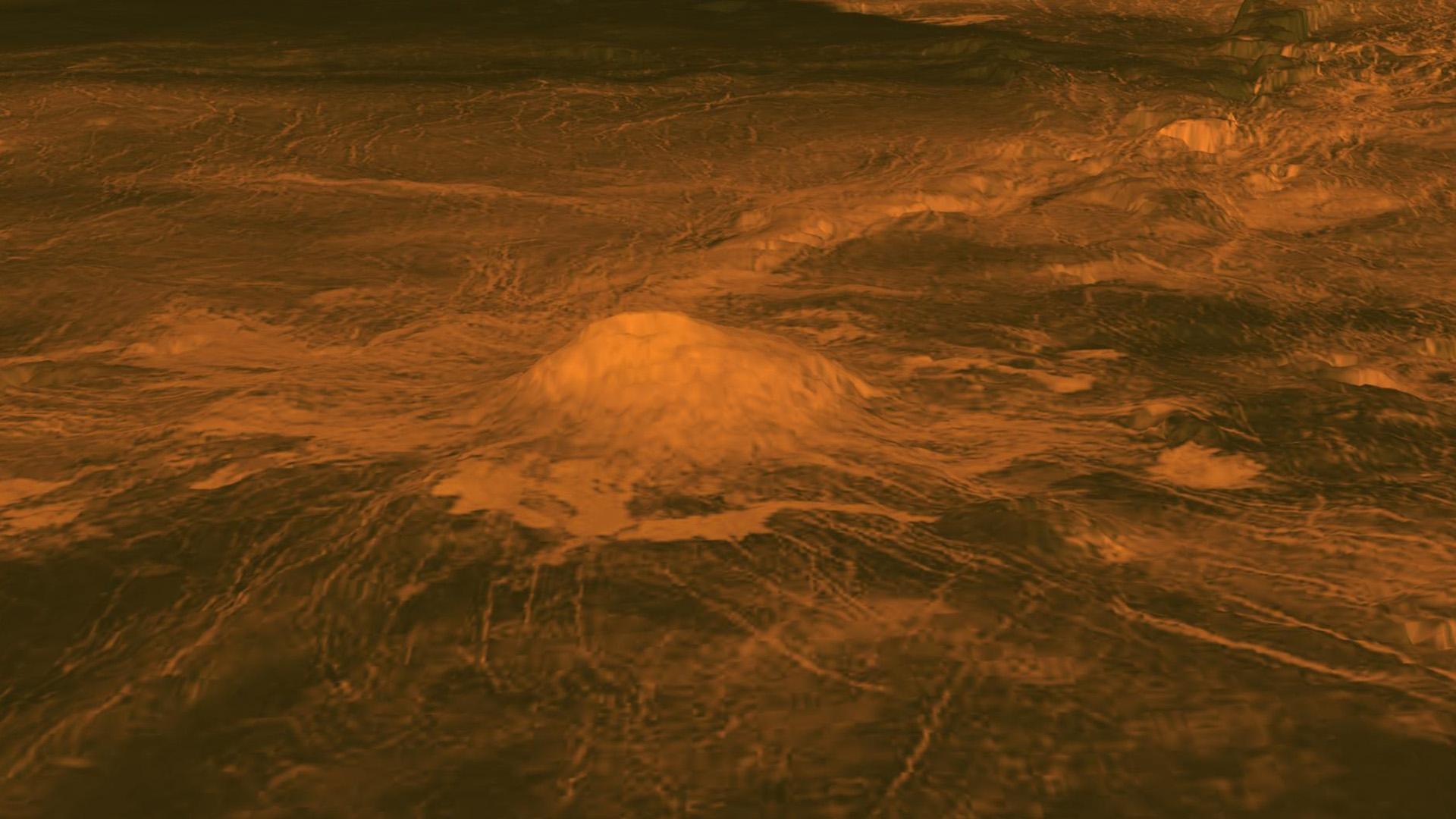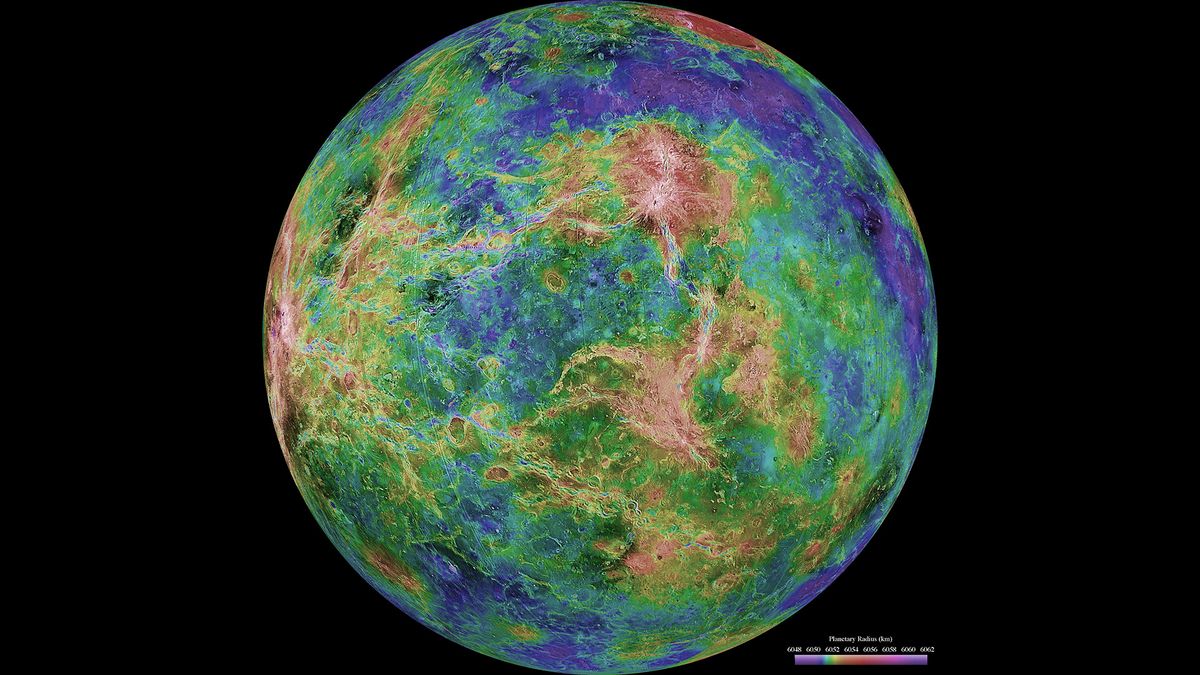Venus’ atmosphere is notoriously hellish, featuring corrosive air and temperatures hot enough to melt lead. Its clouds are poisonous to humans and sometimes release acid rain. However, researchers have recently discovered a thin layer of molecular oxygen nestled between the toxic layers of gases in this harsh atmosphere.
Historically, Venus has received less scientific attention compared to Earth’s other neighbor, Mars. Yet recent reports about the potential presence of the organic compound phosphine in Venus’s clouds have reignited interest in studying this planet.
The NASA’s Stratospheric Observatory for Infrared Astronomy (SOFIA), a Boeing 747 retrofitted with a 2.7-meter (8.9 feet) infrared telescope, provided the measurements. German astrophysicists analyzed the data, focusing on 17 positions in Venus’ atmosphere, and found molecular oxygen in all of them. Their findings were published in the journal Nature Communications on Nov. 7.
It is important to note that the molecular oxygen found in Venus’s atmosphere cannot be said to be breathable; the oxygen molecules present are single and free-floating, unlike the bonded oxygen atoms present in the air we breathe on Earth. Attempting to breathe this form of oxygen would result in a reaction with lung tissues and prevent absorption into the bloodstream.
Although oxygen has been previously observed on the nightside of Venus, detecting it in the day-lit regions is a new discovery. The researchers believe that the molecular oxygen accumulates as the sun’s heat breaks down carbon dioxide and carbon monoxide molecules, which are then transported to the planet’s nightside by high-altitude winds, where they gradually react with other elements.

The layer of molecular oxygen in Venus’s atmosphere potentially contributes to a slight cooling effect on its upper layers, an indication of Venus’s more temperate past despite its current runaway greenhouse effect.
This discovery underscores how much scientists still have left to learn about Earth’s hostile “twin.” With two upcoming NASA missions, as well as a mission led by the European Space Agency, Venus is anticipated to be the subject of extensive future research that could lead to further groundbreaking discoveries.


